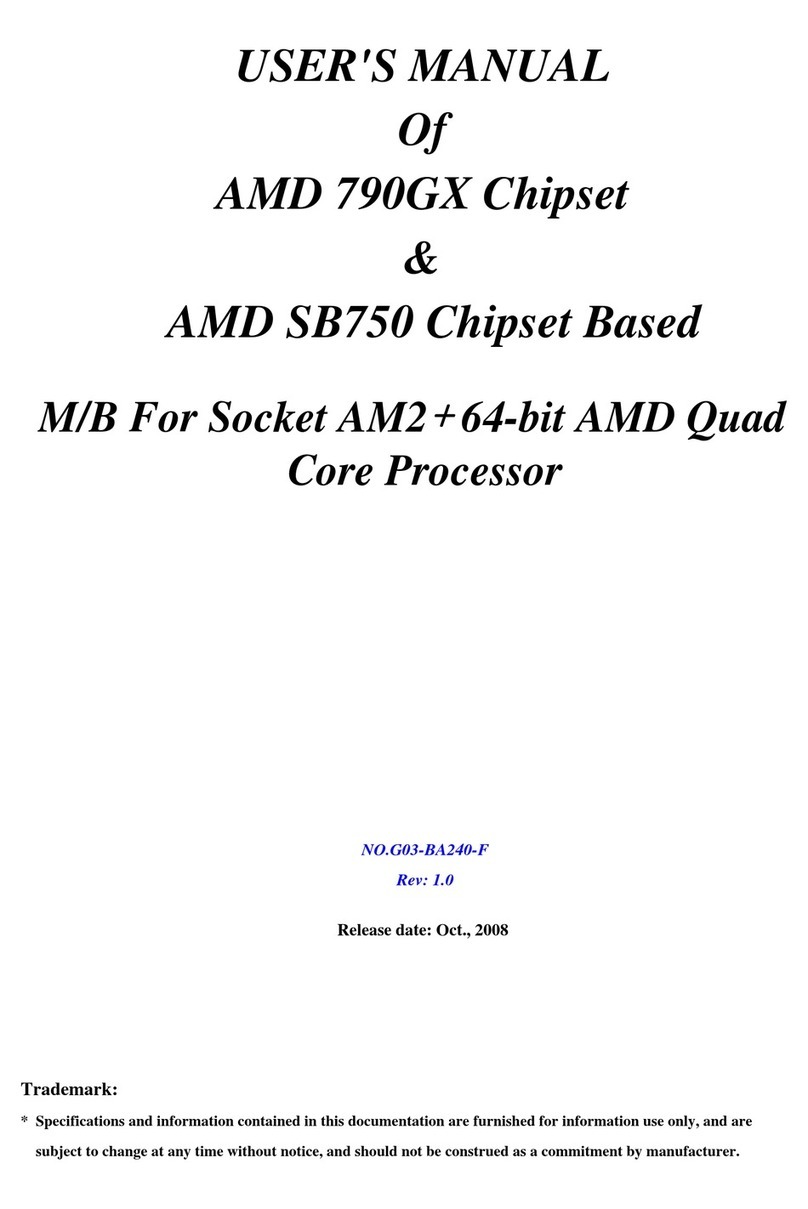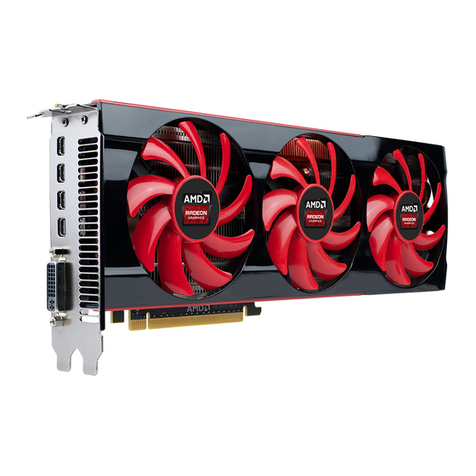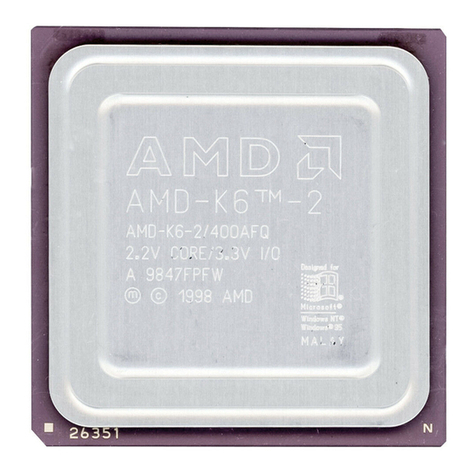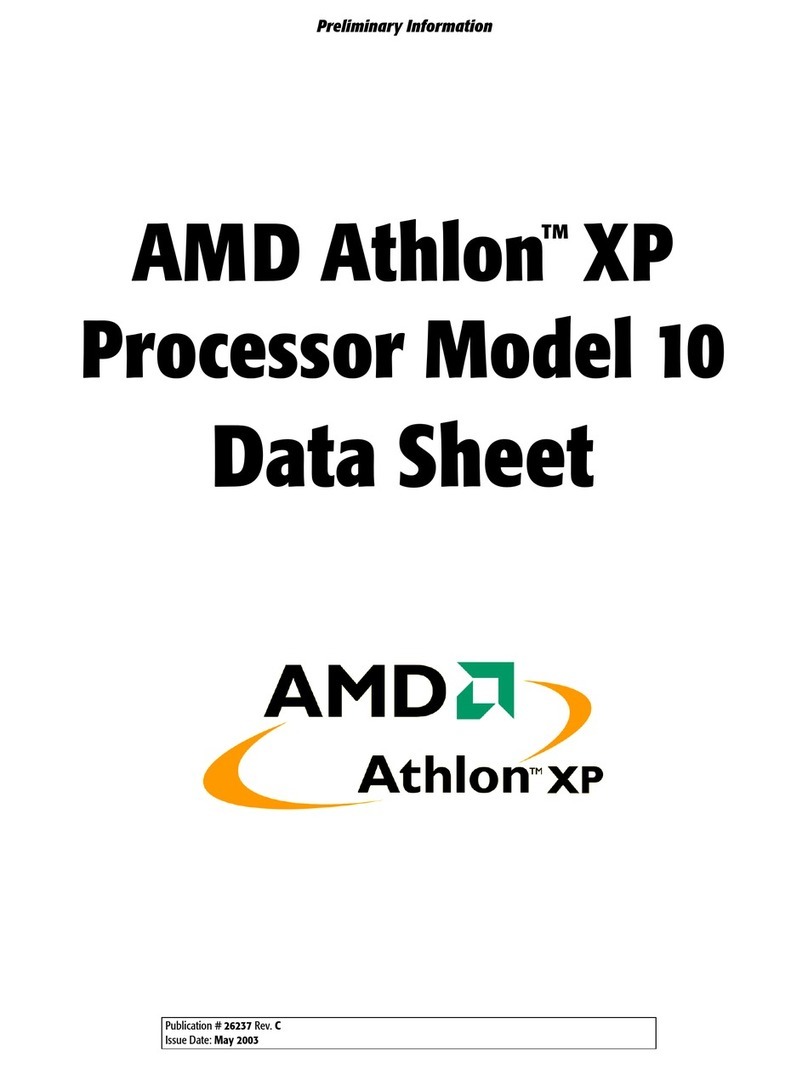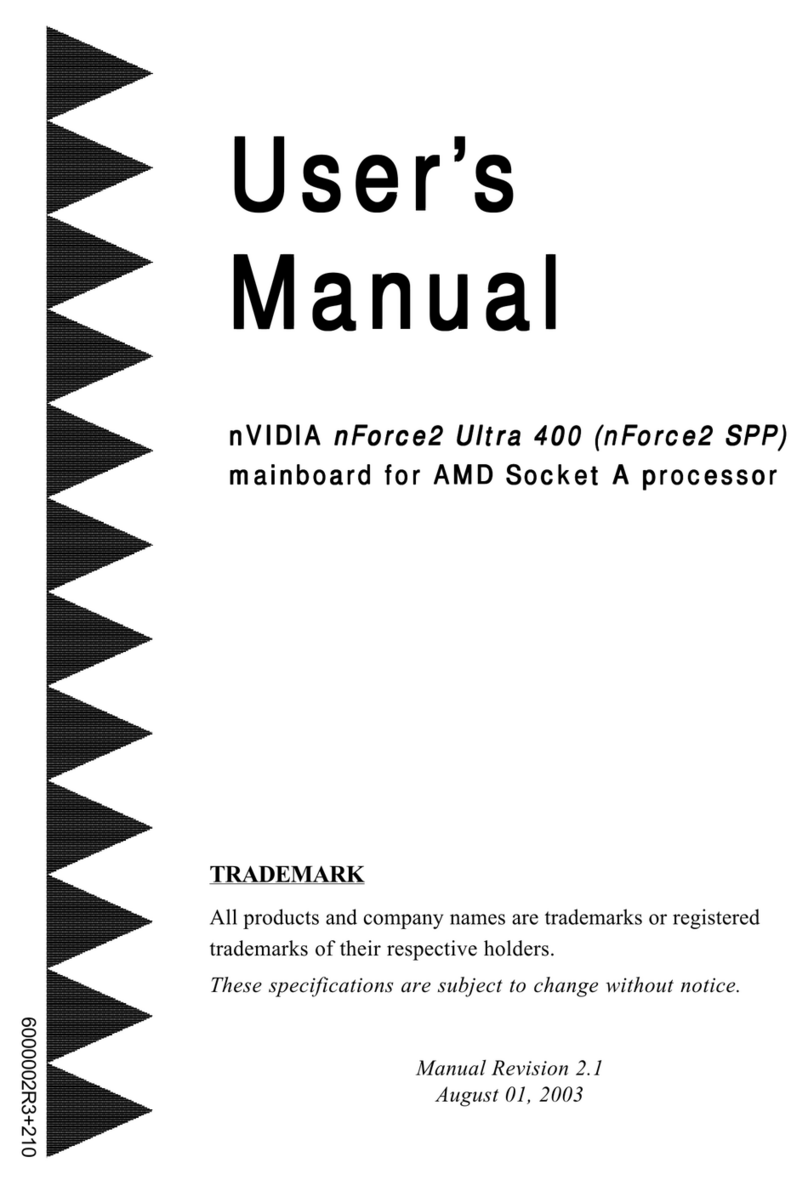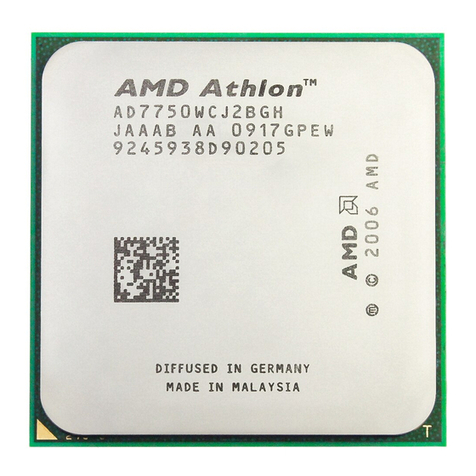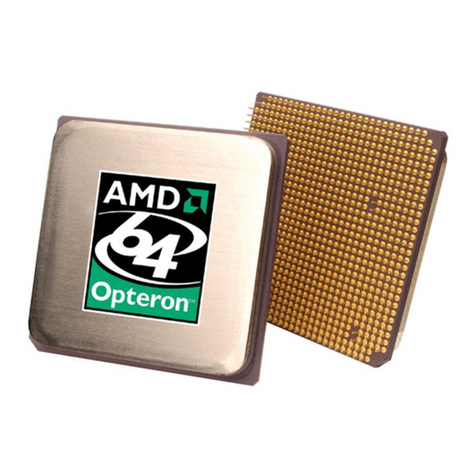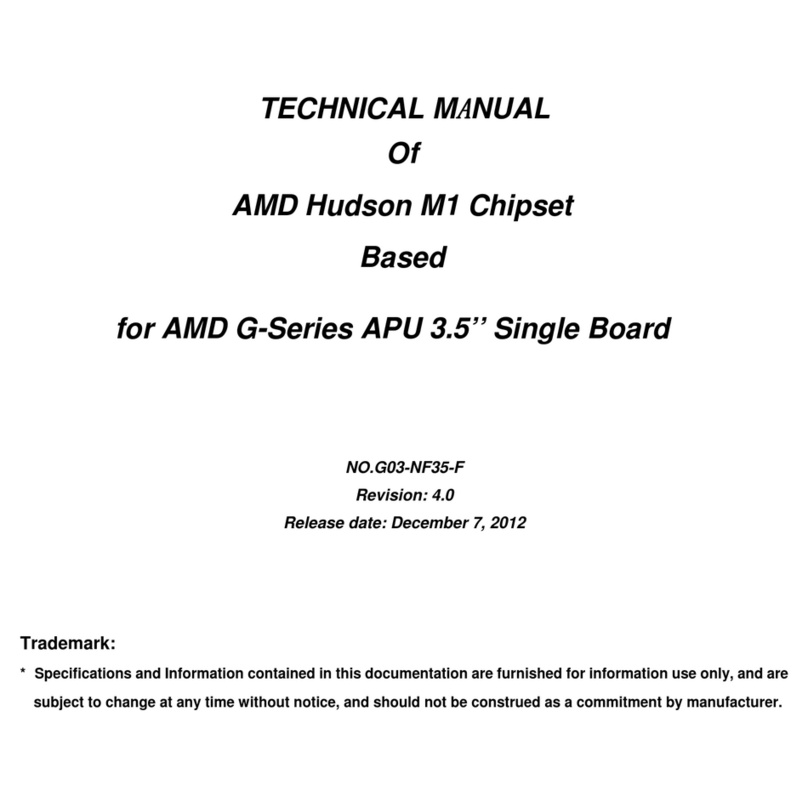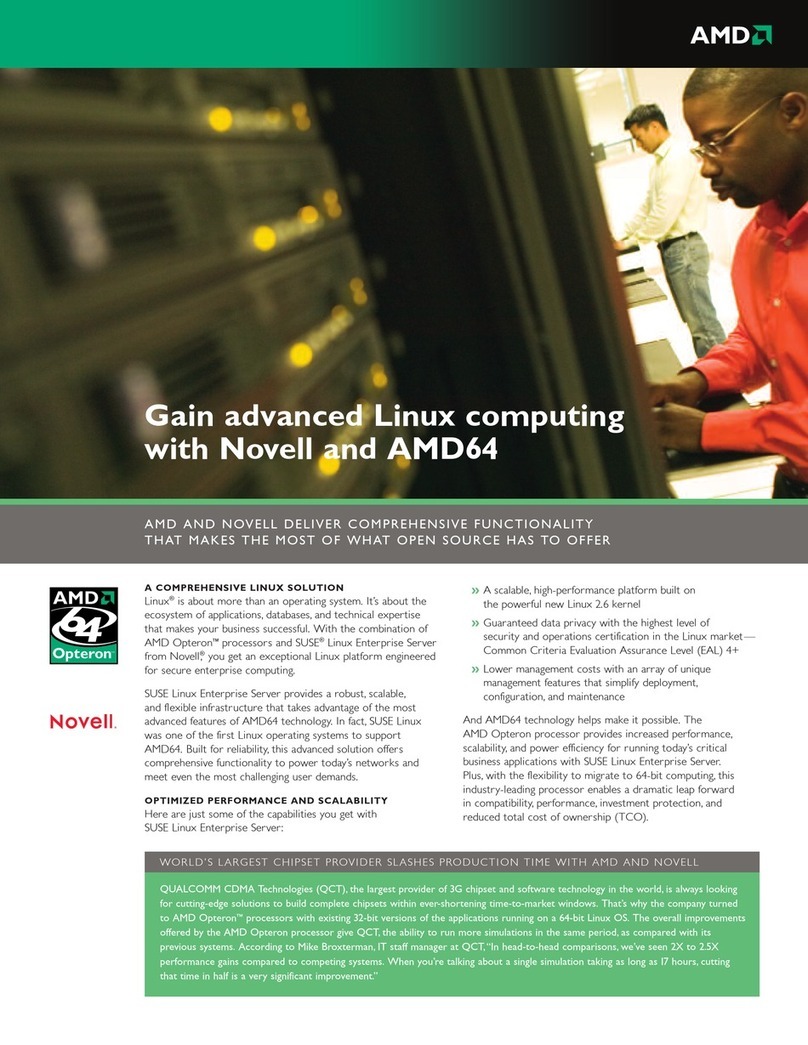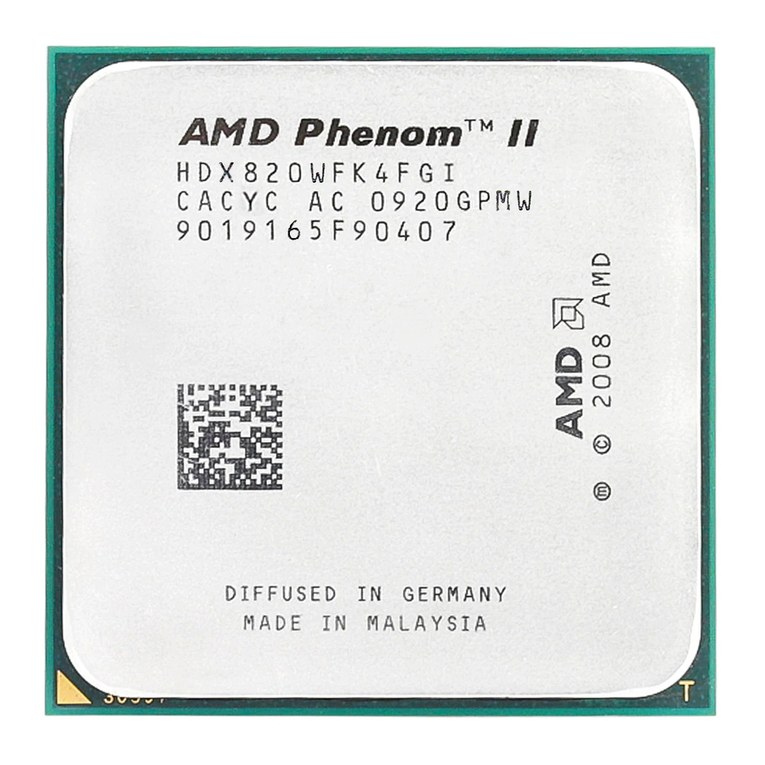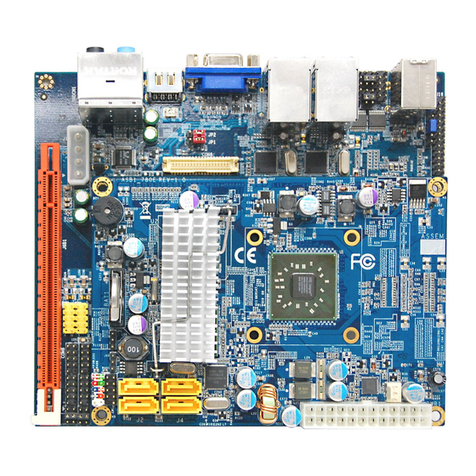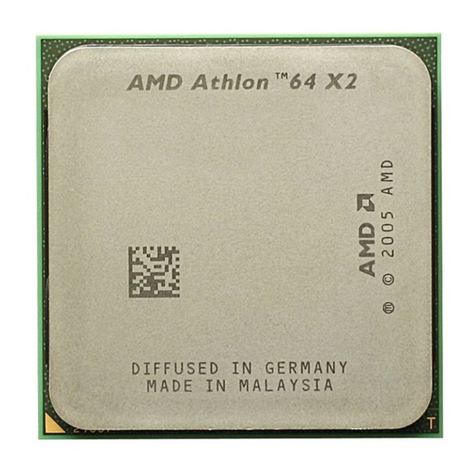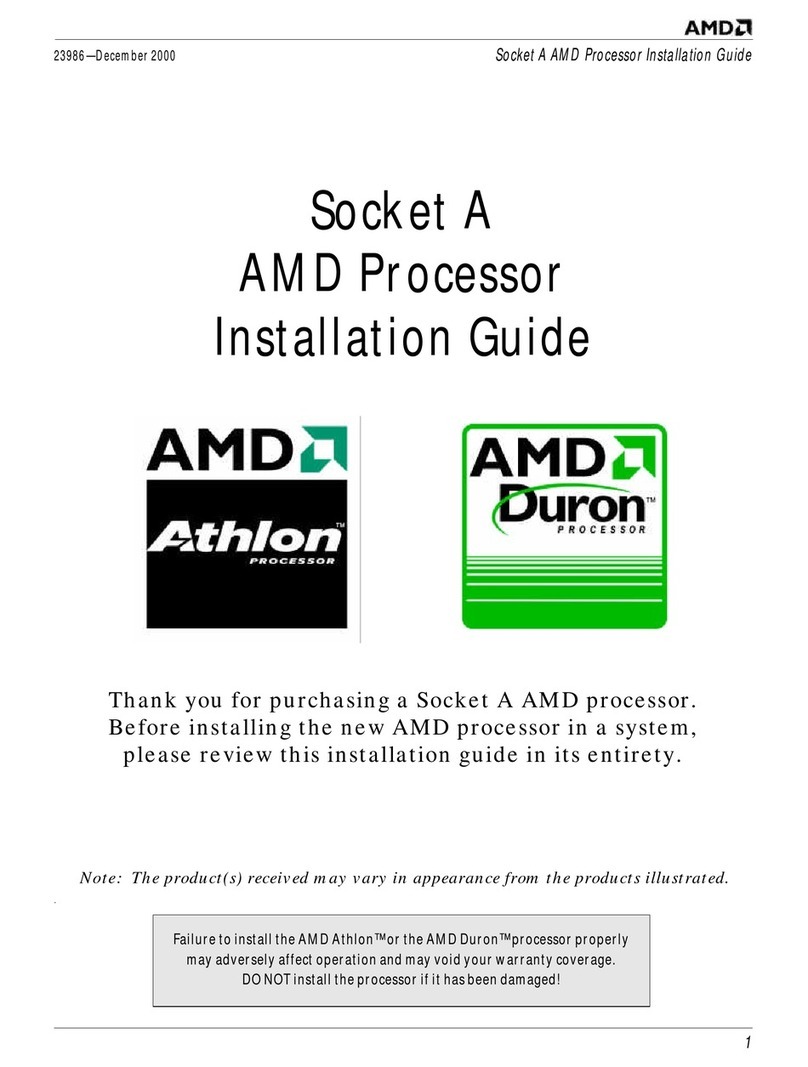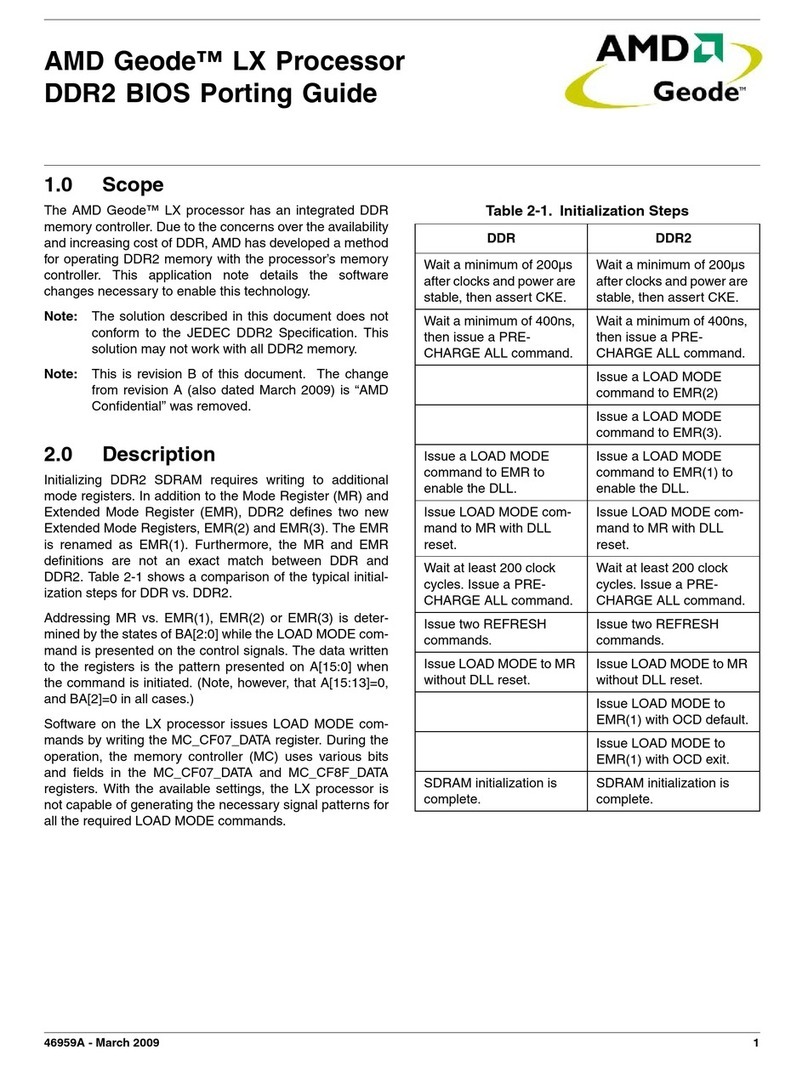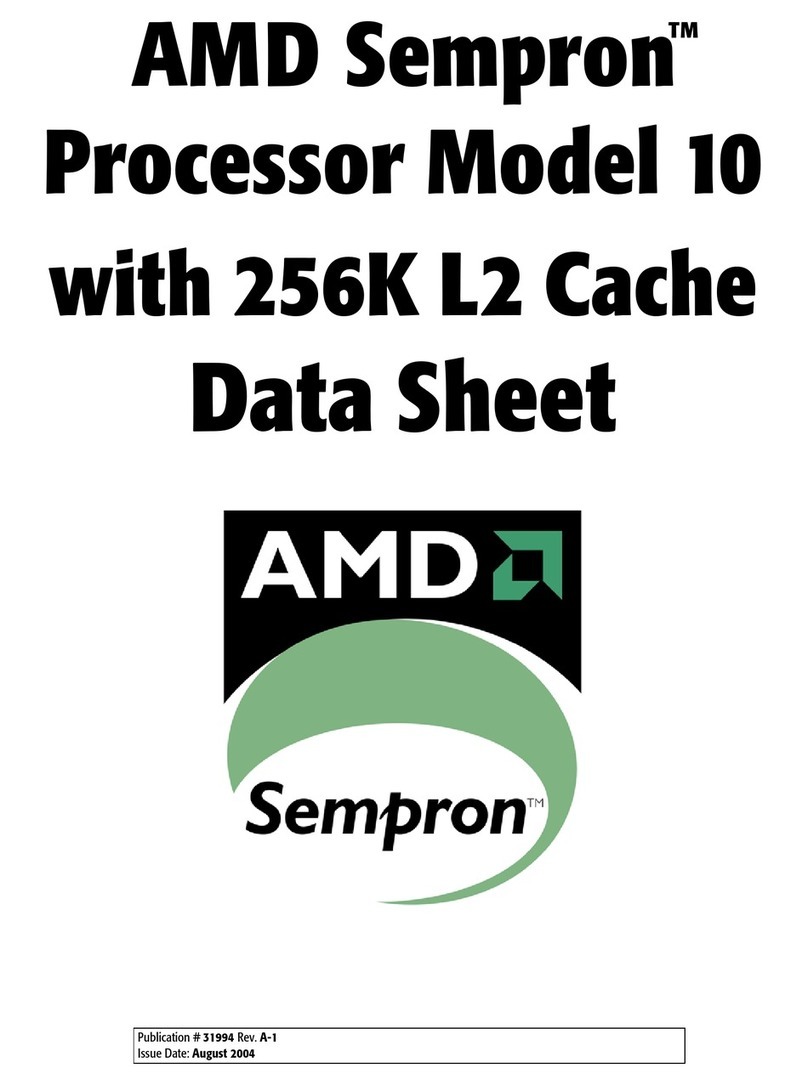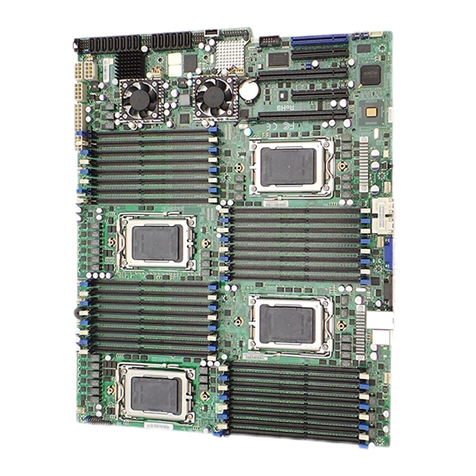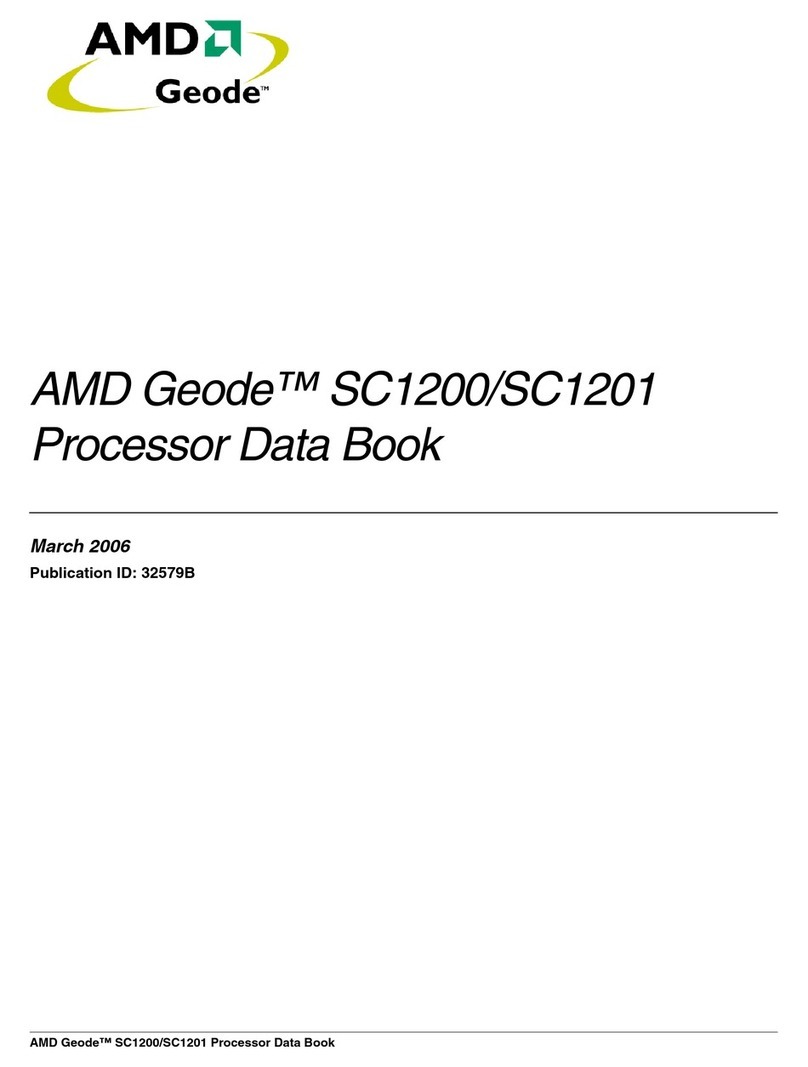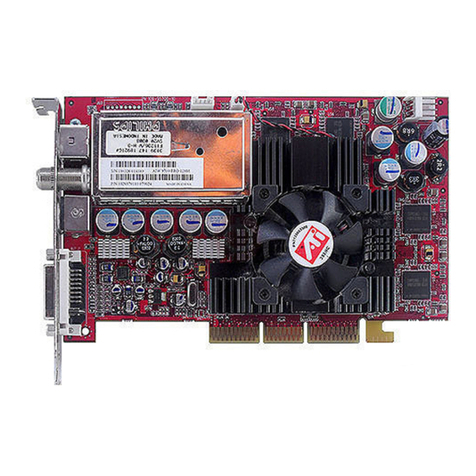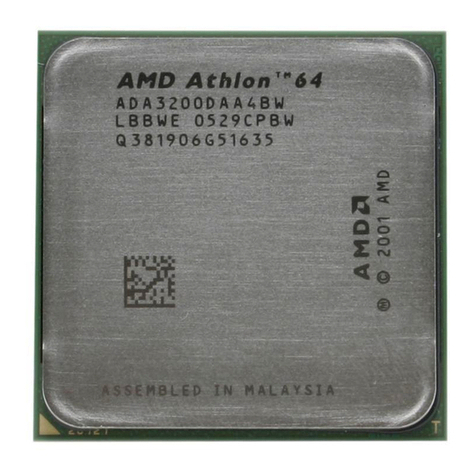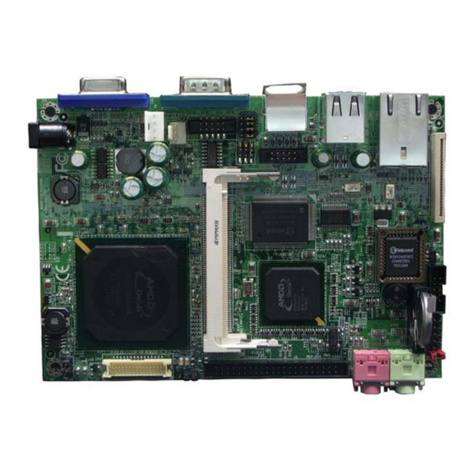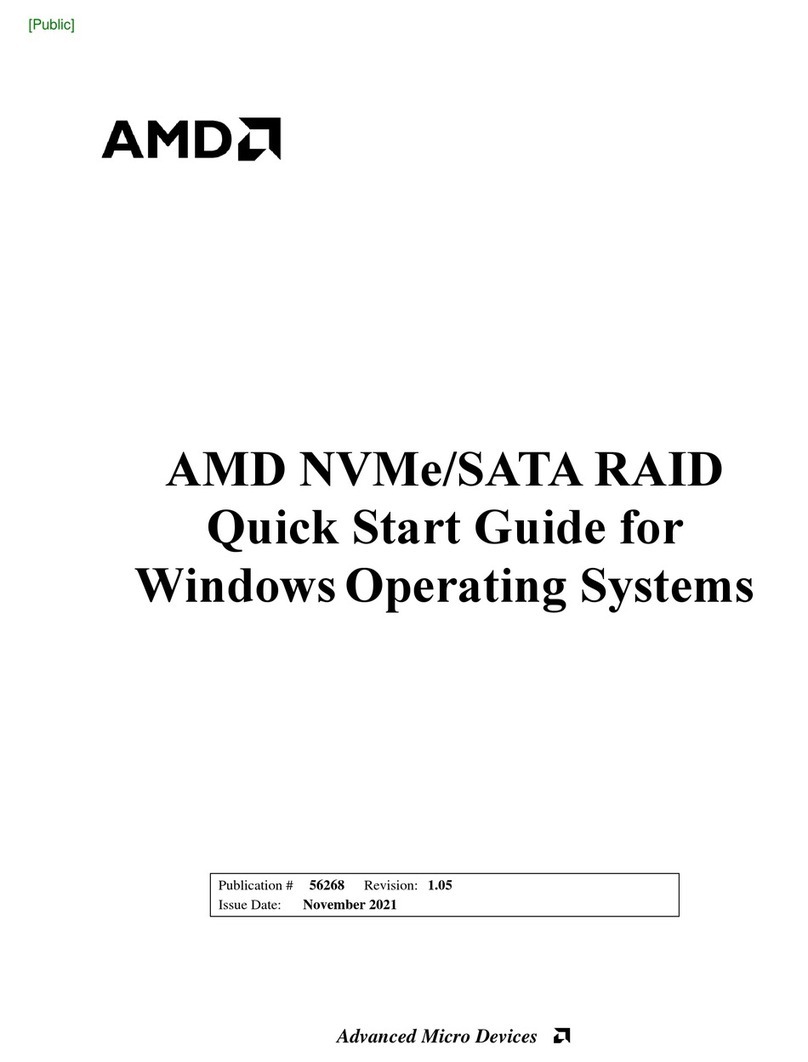
iii
USER’S NOTICE .................................................................................................................................. iii
MANUAL REVISION INFORMATION............................................................................................ iii
ITEM CHECKLIST.............................................................................................................................. iii
CHAPTER 1 INTRODUCTION OF AMDCS5536 CHIPSET MOTHERBOARD
1-1 FEATURE OF MOTHERBOARD..................................................................................... 1
1-1-1 SPECICAL FEATURE OF MOTHERBOARD............................................................. 2
1-2 SPECIFICATION.................................................................................................................. 3
1-3 LAYOUT DIAGRAM & JUMPER SETTING................................................................... 4
CHAPTER 2 HARDWARE INSTALLATION
2-1 HARDWARE INSTALLATION STEPS............................................................................. 8
2-2 CHECKING MOTHERBOARD'S JUMPER SETTING.................................................. 8
2-3 GLOSSARY ........................................................................................................................... 10
2-4 INSTALL MEMORY............................................................................................................ 11
2-5 EXPANSION CARDS........................................................................................................... 12
2-5-1 PROCEDURE FOR EXPANSION CARD INSTALLATION............................ 12
2-5-2 ASSIGNING IRQ FOR EXPANSION CARD...................................................... 13
2-5-3 INTERRUPT REQUEST TABLE FOR THIS MOTHERBOARD.................... 14
2-6 CONNECTORS AND HEADERS ....................................................................................... 14
2-6-1 CONNECTORS....................................................................................................... 14
2-6-2 HEADERS ............................................................................................................... 17
2-7 STARTING UP YOUR COMPUTER ................................................................................. 20
CHAPTER 3 INTRODUCING BIOS
3-1 ENTERING SETUP.............................................................................................................. 23
3-2 GETTING HELP................................................................................................................... 23
3-3 THE MAIN MENU................................................................................................................ 23
3-4 STANDARD CMOS FEATURES........................................................................................ 25
3-5 ADVANCED BIOS FEATURES.......................................................................................... 27
3-6 ADVANCED CHIPSET FEATURES.................................................................................. 30
3-7 INTEGRATED PERIPHERALS......................................................................................... 32
3-8 POWER MANAGEMENT SETUP ..................................................................................... 33
3-8-1 IRQ WAKEUP EVENT.................................................................................................... 34
3-9 PNP/PCI CONFIGURATION SETUP............................................................................... 34
3-10 LOAD FAIL-SAFE DEFAULTS........................................................................................ 35
TABLE OF CONTENT
